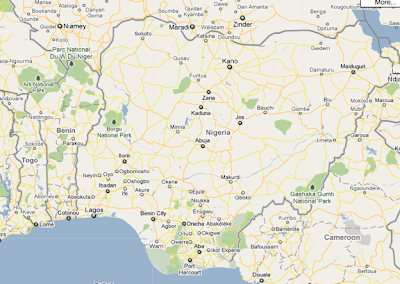
Photo: Hope in Disenchantment
Though fewer images of the BP oil spill are showing on our televisions, there is a serious aftermath facing the communities in the Gulf Coast. In the final weeks of summer, Professor Kelley Calvert drove across the country to see first-hand the current status of the spill and to learn more about how such spills affect us all.
Photo: Hope in Disenchantment
In an article for the Monterey County Weekly, Professor Calvert shares her experiences and describes the results of the spill, encouraging us to consider the consequences of such a spill on our own coast:
“Monterey’s Sea Otter Project reports that a single oil spill could wipe out the entire California sea otter population,” she writes in the Monterey County Weekly.
The article also features a MIIS alum, Allison Ford, who currently works at the Hammond Oiled Wildlife Center. Ford has worked at the center for nearly three months now and makes several important points regarding the spill’s environmental impacts: “The Gulf is accustomed to some amount of oil in its ecosystem, [but] this amount is unprecedented,” she says. “The dispersants are a totally foreign chemical, and we don’t know how it will impact the Gulf.”
 Photo: Hope in Disenchantment
Photo: Hope in Disenchantment
The implications of the oil spill are both local and global in nature. While it is absolutely necessary to worry about our backyard (and Bay), as international citizens, we should also concern ourselves with environmental justice aspects of the issue. The Gulf spill has had immediate impacts on areas in the south of the US, but the impacts of oil production exist globally. In Nigeria, for example, more oil is spilled annually than what was spilled after the Deepwater Horizon accident.
 Photo: Hope in Disenchantment
Photo: Hope in Disenchantment
For more information, pictures, and videos about the spill, take a look at Professor Calvert’s blog, Hope in Disenchantment.

